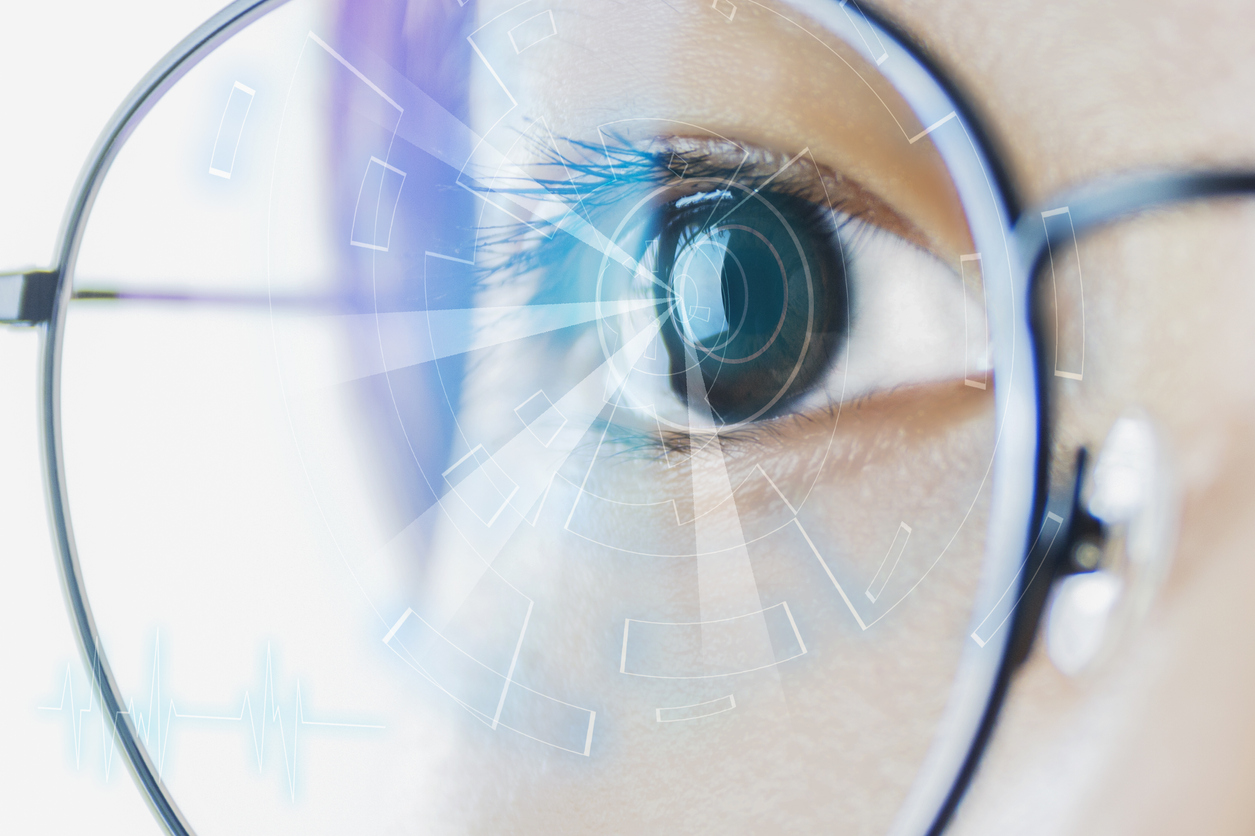Stress is a common part of being a nurse. Staffing issues, disorderly patients, and unsafe working conditions can all lead to increased stress and anxiety on the job. Surveys and studies have long shown that nurses experience stress at higher rates than the general population. But little is known about how stress impacts nurses in real-time.
Researchers at Texas A&M University are using a new piece of technology to monitor the stress levels of nurses throughout the day. Providers were asked to wear special glasses that track their eye movements, including the condition known as Nystagmus, which is when the eye makes uncontrolled movements, such as rapidly moving up and down, side to side, or in a combination of movements. According to the American Optometric Association, nystagmus is generally triggered by stress and overall fatigue, both common among nurses.
Farzan Sasangohar, associate professor in the Wm Michael Barnes ’64 Department of Industrial and Systems Engineering, developed the technology along with his multidisciplinary team, including researchers with clinical, psychology and industrial engineering backgrounds.
A group of registered nurses in the cardiovascular ICU at Houston Methodist Hospital were asked to wear the glasses during the entirety of their 12-hour shift.
Researchers then analyzed their physiological reactions and stress levels over multiple shifts. The glasses also recorded what task the providers were trying to accomplish as well as potential distractions to properly monitor what Sasangohar calls “gaze behavior.”
“We were interested in documenting what external triggers or events lead to stressful events or high workload, and how mental health outcomes changed over the duration of a shift,” Sasangohar said. “We were also interested in differences between the day and night shifts in terms of physical and cognitive loads and stress.”
The research, recently published in Human Factors: The Journal of the Human Factors and Ergonomics Society, examined several factors linked to the way the body experiences stress, including heart rate, skin temperature, and eye metrics such as the number of eye fixations, gaze entropy, and pupil diameter.
Researchers found little difference in workload from the night shift compared to the day shift. While the night shift required fewer interactions, the effects of drowsiness might have made the workload equivalent to the day shift.
“The eye tracking data collected covering the entire shift of more than 20 nurses provides a unique opportunity to understand the context of care and has implications beyond mental health,” Sasangohar explained. “For example, the data can be used for task and teamwork training, quality improvement, workflow analysis, among other purposes.”
The results also show that the initial handoff period between nursing shifts has a higher mental workload than other periods. The process of updating incoming nurses may add to the workload of the transition.
Sasangohar plans on using his team’s recent advancements in objective measurements of cognitive and physical stress to design and evaluate remote and continuous stress monitoring and self-management tools for nurses.
“Healthcare is one of the most complex and difficult work environments that we will all interact with and benefit from at some point,” he said. “The COVID-19 pandemic has taken a significant toll among health care providers and has resulted in an alarming increase in mental health issues. I’m passionate about this vulnerable population, and I’m glad my research will potentially improve their well-being.”




